Empty Nester? Live a Fuller Life without Achy Legs!
Author: StrideCare Internal Team
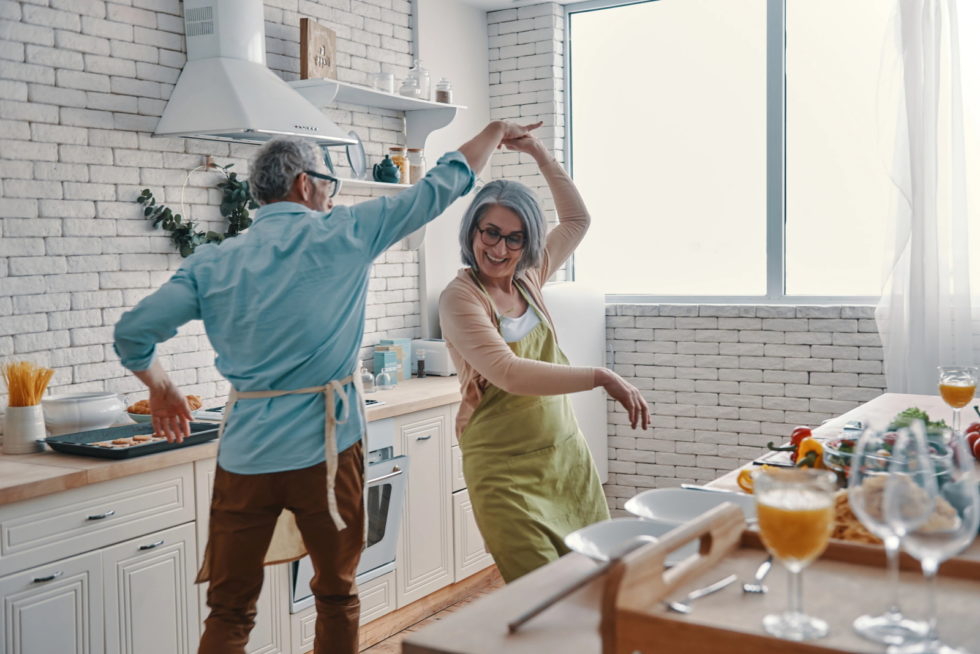
The kids are grown and have left home to start their adult lives. You couldn’t be prouder of them, though the realization kicks in that after all these years, you’re officially an empty nester. While you will certainly miss having the kids around, the bright side is that you have more time to travel, take up new hobbies, host parties, or finish a few DIY home improvement projects. The possibilities are endless. And yet, all you can think about are your achy legs and whether or not you’re physically ready for this new stage in life. In all honesty, it’s enough to make you want to stay inside and be less adventurous.
This is where our team at StrideCare can help. An average of one in every three adults over the age of 45 develops some form of vein disease. And when that includes achy legs, it’s about all they can think about. The good news is that there is hope for you. Having an empty nest is the best time for fuller living. But if achy legs are getting in the way, it’s time to seek treatment sooner rather than later.
Imagine Living Your Best Empty-Nest Life Without These Symptoms
- Legs that constantly feel tired and heavy
- Throbbing, achiness, or stabbing pain
- Cramping legs
- Numbness and tingling
- Itching, prickling, pulling sensations
- Swollen legs and feet
- Burning sensations
- Unsightly varicose veins
Are Achy Legs Ruining Your Empty-Nest Lifestyle?
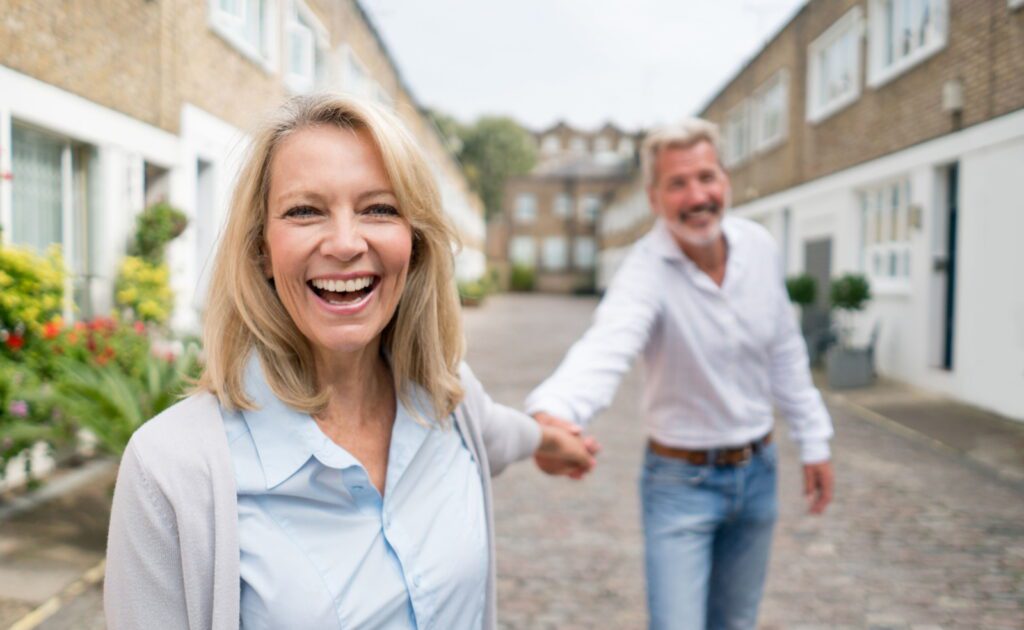
Empty nesters are people whose children are now grown, moved out, and are no longer in their care. This could be because the kids are now in college full-time out of state, in the military, or recently married with a successful career and growing family of their own. In any case, you have the house to yourself—for the first time in what seems like ages.
As difficult as this change may be, being an empty nester has plenty of benefits, some of the more prominent being:
- No more planning around activities for the kids
- A reduction in work and family conflicts
- Opportunities to reconnect with your spouse/partner
- Rekindling interests/hobbies/traveling with extra time on your hands
The problem arises when achy legs and other vein disease symptoms hold you back from your empty nest potential. Perhaps you struggle to walk long distances without being in pain and spending the day gardening is almost too much to ask. Maybe you want to go to more parties with friends and family or spend the day at the beach, but you’re embarrassed by how your legs look.
In other situations, you may feel like you can’t travel because being on a plane or in a car for extended periods causes your legs to swell. At every turn, achy legs continue to put a damper on the festivities.
Here’s What May Be Causing Your Achy Legs
Your veins typically work on a one-way system using a series of strong valves to ensure the traveling blood doesn’t flow back in the opposite direction with gravity. As a result, vital organs constantly receive the blood they need to work in an efficient and healthy way. More importantly, you feel energetic and have pep in your step. But as we age, our vein valves can become less efficient at doing this critical job and malfunction.
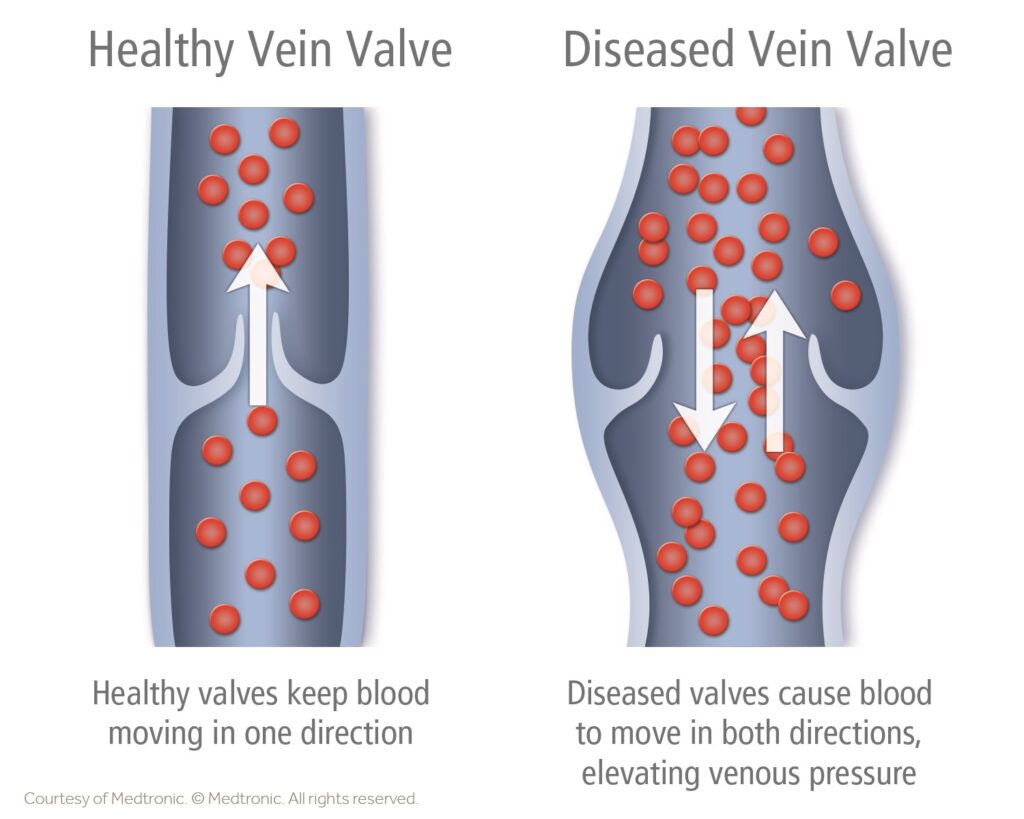
This causes blood to flow forward but also backward in the wrong direction into areas it shouldn’t. This is what can result in the achy legs and discomfort you are feeling right now. Your legs are uncomfortable when you move, and they even cause problems while you are at rest. You certainly can’t do all the things you used to love, so with the kids out of the house, your life becomes more sedentary than before.
If left unchecked or untreated for too long, achy legs can lead to:
- Leg Swelling — Swelling is one of the effects of not receiving treatment. If you let achy legs go on too long, they usually get worse. This is a result of your body’s poor circulation and can significantly lower your quality of life. In addition to causing swelling, your lymphatic system may also suffer harm.
- Chronic Venous Insufficiency — The telltale signs of CVI include leg swelling, painful varicose veins, cramps, skin changes such as shiny skin or lost leg hair, and open chronic wounds that are difficult to heal on their own.
- Deep Vein Thrombosis — Blood clots in one of the veins deep within your body are extremely worrisome in that you are no longer dealing with occasional achy legs. You have a life-threatening condition on your hands.
- Restless Leg Syndrome — You know RLS as that pins and needles sensation in your legs. It can also manifest itself as leg tingling, prickling, and pulling sensations. Advanced stages impact a person’s ability to sleep.
- Venous Ulcers — Venous insufficiency can develop into venous stasis ulcers. These are open sores brought on by the deterioration of skin tissue on your leg, if ignored. These sores and ulcers can be excruciatingly painful and restrict movement. It is critical that you have your veins examined and treated as soon as possible if you have advanced to this CVI stage. Treatment promotes wound healing and deters recurrence.
7 Tips to Enjoy Being an Empty Nester Without Achy Legs
The good news about your current achy legs condition is that it doesn’t have to remain that way. You can enjoy a fuller and happier life as an empty nester and do everything you want (traveling, trips to the beach, gardening, etc.), provided that you visit a vascular specialist.
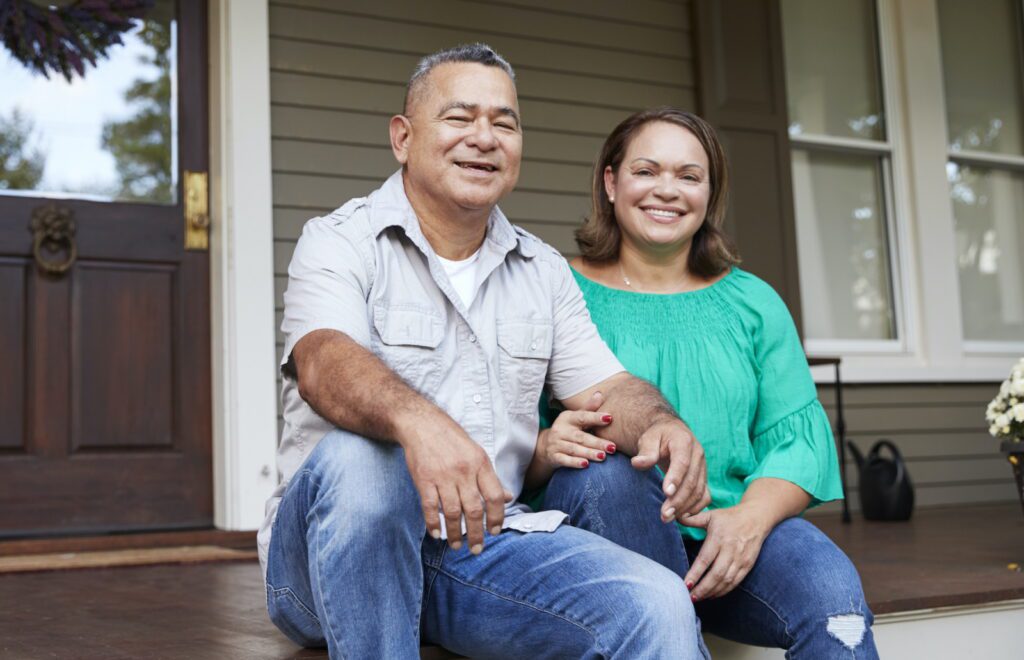
Vein specialists here at StrideCare are committed to diagnosing and treating the root cause of your achy legs rather than focusing solely on symptoms. When the root cause is addressed, patients typically find they are not in as much discomfort and can go on to lead normal lives. Several minimally invasive treatment options exist to get the leg pain relief you’ve been looking for. This includes microfoam ablation, radiofrequency ablation, and sclerotherapy. Any one of these treatments has little to no downtime and can be performed as an in-and-out, same-day procedure.
But before your vein doctor suggests treatment options, they will likely recommend conservative approaches to improve circulation, limit the symptoms you are currently experiencing, and slow the progression of new diseased veins. If you respond well, you may avoid additional intervention.
Start with improving your diet — While it is important to avoid bad foods, you should replace those foods with fruits and vegetables, foods high in Vitamin C and E, fish and fish oil, fiber-rich foods and whole grains. This will help boost your energy so that you remain active, lose weight, and promote overall blood circulation.
Wear compression socks — Compression socks support your legs by applying gentle pressure. This helps with circulation, swelling, and reduces leg pain. Wearing them during the holidays can help increase blood flow.
Start an exercise routine — For adults, the American Heart Association recommends at least 150 minutes per week of moderate-intensity aerobic activity and gradually increasing the amount and intensity. This helps build stronger muscles and joints and improves blood flow.
Wear comfortable and supportive shoes — This is true when you have achy legs but want to do more traveling or know in advance that you’ll be on your feet more often. Certain shoes may look good but are either too tight or not very comfortable, which can potentially restrict blood flow and cause achy legs and feet.
Avoid activities that require extensive standing — Standing all day puts additional strain on the veins and can hasten the onset of vein disease.
Quit smoking — Smoking, in general, is not good for you and is the leading cause of preventable disease and death in the United States, per the Centers for Disease Control and Prevention. This includes its direct impact on the formation of varicose veins and other venous diseases and complications.
Elevate your legs — Elevating your feet for 30 minutes at least four times a day decompresses lower extremity veins and helps blood and other fluids drain back toward your heart rather than pool in your legs.
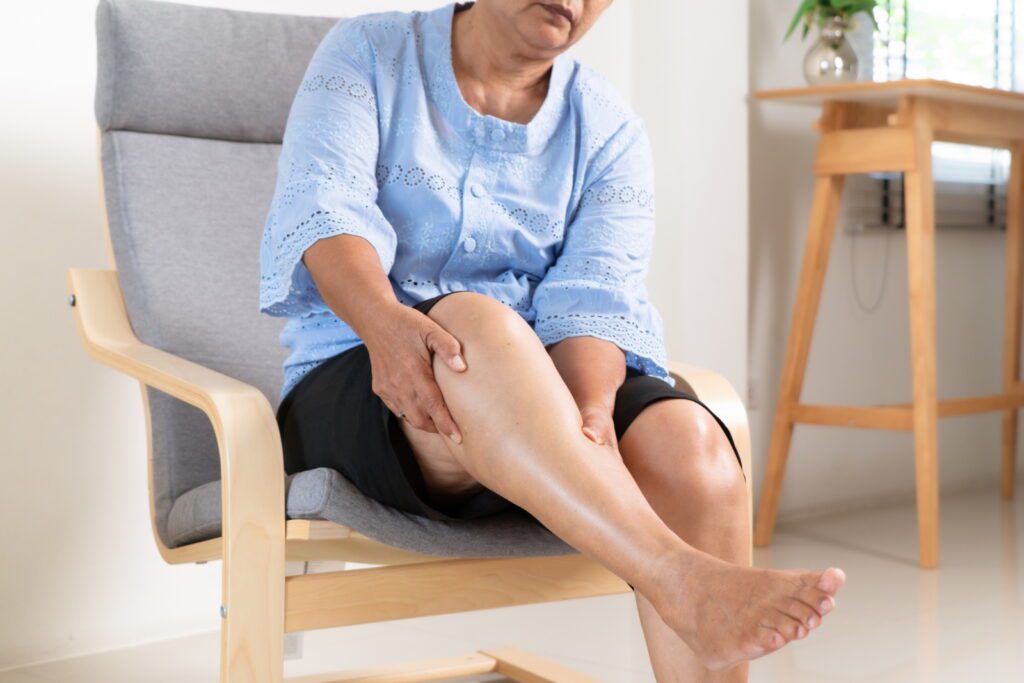
Stop Achy Legs with StrideCares’s Experts
Because empty nesters are typically older, achy legs are a common condition they may battle in everyday life. In some cases, they may feel that the extra time they now have available with the kids out of the house will go to waste because they can’t walk for long periods or handle traveling. However, achy legs are not something you have to live with for the rest of your life. When caught early, vein disease is very treatable.
At StrideCare, we believe it’s important for our patients to be as educated as possible and know when to seek treatment. When this happens, more people can make informed decisions about their vascular health. If your veins need treatment—or you have questions on how to avoid the onset of venous disease—the experts at StrideCare will recommend an individualized plan to help you get the best results. Request an appointment for a vein disease evaluation to discuss your options.
StrideCare has long been a leader in performing leading-edge procedures to treat vein disease and symptoms that, while minor in their earliest stages, can eventually lead to more serious and life interrupting issues.
Prior to starting any new treatment or questions regarding a medical condition, always seek the advice of your doctor or other qualified health provider. This information is not a substitute for professional medical advice.
StrideCare serves the South Texas area including Houston, San Antonio, Austin, Round Rock, Bastrop, Brushy Creek, Cedar Park, Converse, Georgetown, Hutto, Kyle, Leander, Marble Falls, New Braunfels, Pasadena, Pearland, Pflugerville, San Marcos, Schertz, Houston, Sugar Land, Katy, Webster, Bay City, Clear Lake, Lake Jackson, The Woodlands, Universal City, Spring, Kingwood, Stafford, Conroe, Texas City, Cypress, League City, Bellaire, and more.


